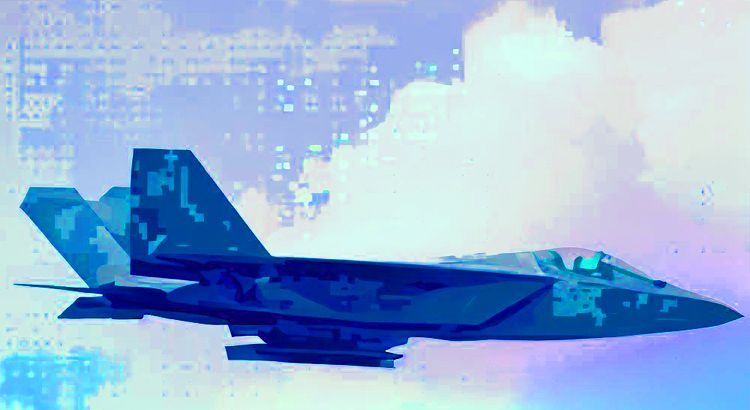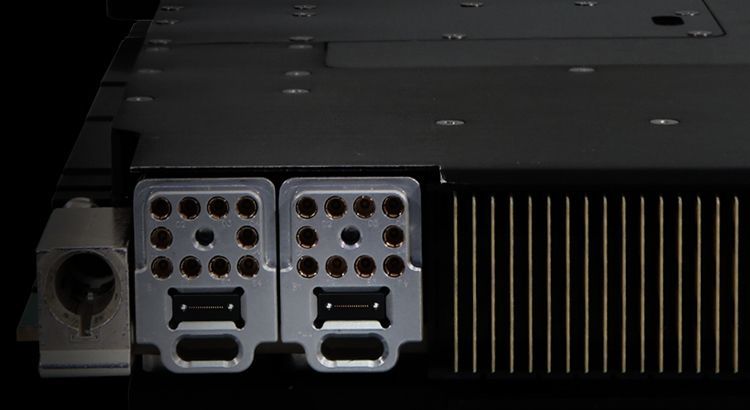
The History of Electronic Warfare: An Overview of Electronic Warfare Part 1
Mario LaMarche
September 4, 2018
It was May 24, 1844 when Samuel Morse transmitted his famous telegraph message “What hath God wrought” from Washington to Baltimore. Twenty years later, the U.S. Military Telegraph Corps had trained 1,200 operators and strung 4,000 miles of telegraph wire, which increased to over 15,000 miles by the end of the Civil War. While long-distance communication proved a significant advantage for the Union armies, it also opened the door for wiretapping. It was these early experiences that demonstrated the impact of surveillance and set the foundations of electronic warfare (EW).
Over the last century, electronic warfare has had an increasing role in shaping the outcomes of conflicts across the globe; however, few people appreciate its significance and fewer still understand the technology. In this first post of our electronic warfare blog series, we present a brief history of the technology behind electronic warfare. Just as older cars are more intuitive to repair, the early EW systems are easier to understand.
While wire-tapping was used during the Civil War, it wasn’t until the 20th Century that the field of electronic warfare began to mature. By the start of World War I, the need to for rapid communication over long distances became even more critical—leading to significant advances in the emerging field of signal intelligence. Immediately following the declaration of war, the British severed Germany’s undersea cables, forcing them to rely on telegraph and radio—both vulnerable to interception. To protect the content of the transmissions, Germany began expanding on its cryptography capabilities.
During World War II, the use of the electromagnetic spectrum played an even larger role. It was quickly discovered that by flying bombing runs at night, the bomber crews were protected from anti-aircraft fire. However, locating targets at night was no easy feat.
The Lorenz System
Prior to the start of the war, Germany had invested in commercial RF systems to support blind landings at airports with reduced visibility. Called the Lorenz System, it operated by switching a signal between two antenna elements—one pointed slightly more towards the left and the other towards the right. Instead of equal pulse lengths on each antenna element, the switch sent the signal to the right element for a longer period of time—creating a long pulse on the right antenna and a short pulse on the left. As the plane approached the runway, the pilots would hear short tones if they were too far to the left and long tones if they were too far to the right. When they were properly aligned, they would receive both signals and hear a continuous tone.
During the war, this system was modified to use large, high-directivity antennas to transmit long-range, narrow beams. Two systems were built such that the beams could be steered to intersect directly over the target. By following one beam, the pilots listened for the second signal to know when they were over the target and timed the release of bombs. This simple system drastically increased the effectiveness of the night raids over England and made the development of a system to counter the beams a top priority.
Upon discovery of the German system, the British developed a method to interfere with the beams. Using high power transmitters, the British would broadcast the same long-tone pulse signal used by the German system. When this signal was superimposed on the same frequencies, the German aircraft would never hear the steady tone and would be unable to simply follow the beam to their target. Other methods of jamming the German beams involved the use of a BBC transmitter to broadcast a steady tone on the same frequency. This CW signal filled in the breaks between pulses rendering the German system unusable.
As the British began their bombing campaigns over Germany, they too needed a method to locate targets at night. Their approach was a similar system that used two transmitters; each broadcasting a train of pulses. By measuring the time difference between received pulses, the pilots were able to navigate. However, this system was also susceptible to jamming.
The Emergence of Radar
In addition to the jamming of their navigational aids, the British bombers faced a new threat—German fighter pilots that were able to track the British planes using radar. One type of radar encountered by the British was a land-based early warning system that alerted the Germans to an approaching attack and also provided details such as the number of aircraft. Through intercepted radio communications and direct raids on radar installations, the British were able to learn the details of these systems—such as the operational frequencies—that enabled them to develop the technology to combat them.
Instead of simply jamming the radar, the allies developed a system that would receive the radar signals, amplify them, and re-transmit them to the radar receiver. These additional signals were perceived by the radar system as reflections from additional aircraft. Employing this technology, a single aircraft could function as a decoy and pull resources away from other areas. However, these early systems were dependent on the radar frequency, and by using multiple radars with different frequencies, it became much more challenging to deceive them.
To respond to the radars that operated over a wider band of frequencies, the Allies developed a jamming system that would transmit noise in various frequencies across the radar bands. This was effective until the Germans started using additional frequencies for the radar. Instead of jamming the radar itself, the allies discovered they could jam the communication signals between the radar operators and the fighter pilots. By sweeping a receiver over a broad frequency range, the British were able to determine the specific frequency that the Germans were using to communicate then transmit noise on that frequency.
Continued Technology Development
This back-and-forth cycle of inventing new ways to use the electromagnetic spectrum and developing the means to counter these new technologies continued through World War II and the Cold War. Even in the early days it was not sufficient to just have the best technology—in order to stay ahead, the technology required constant updates. Instead of deploying a system that could operate independently for a decade, EW systems required consistent modification to address emerging threats.
Now, over a century and a half after that famous telegraph message, the invisible battle over control of the electromagnetic spectrum continues. The ability to communicate, track objects with radar, and to use GNSS to navigate have become critical to success on the battlefield. Additionally, a major advantage is achieved by disrupting an adversary’s ability to communicate, use radar and use GNSS. With today’s environment of rapid technology growth—such as compact GaN, high speed processing and AI—the battle for EW superiority is at its fasted pace yet.
In the next post in this series on electronic warfare we provide an overview of radar technology before continuing on with posts on electronic support, electronic attack and electronic protection.







 Enabling a Trusted Domestic Microelectronics Ecosystem
Enabling a Trusted Domestic Microelectronics Ecosystem